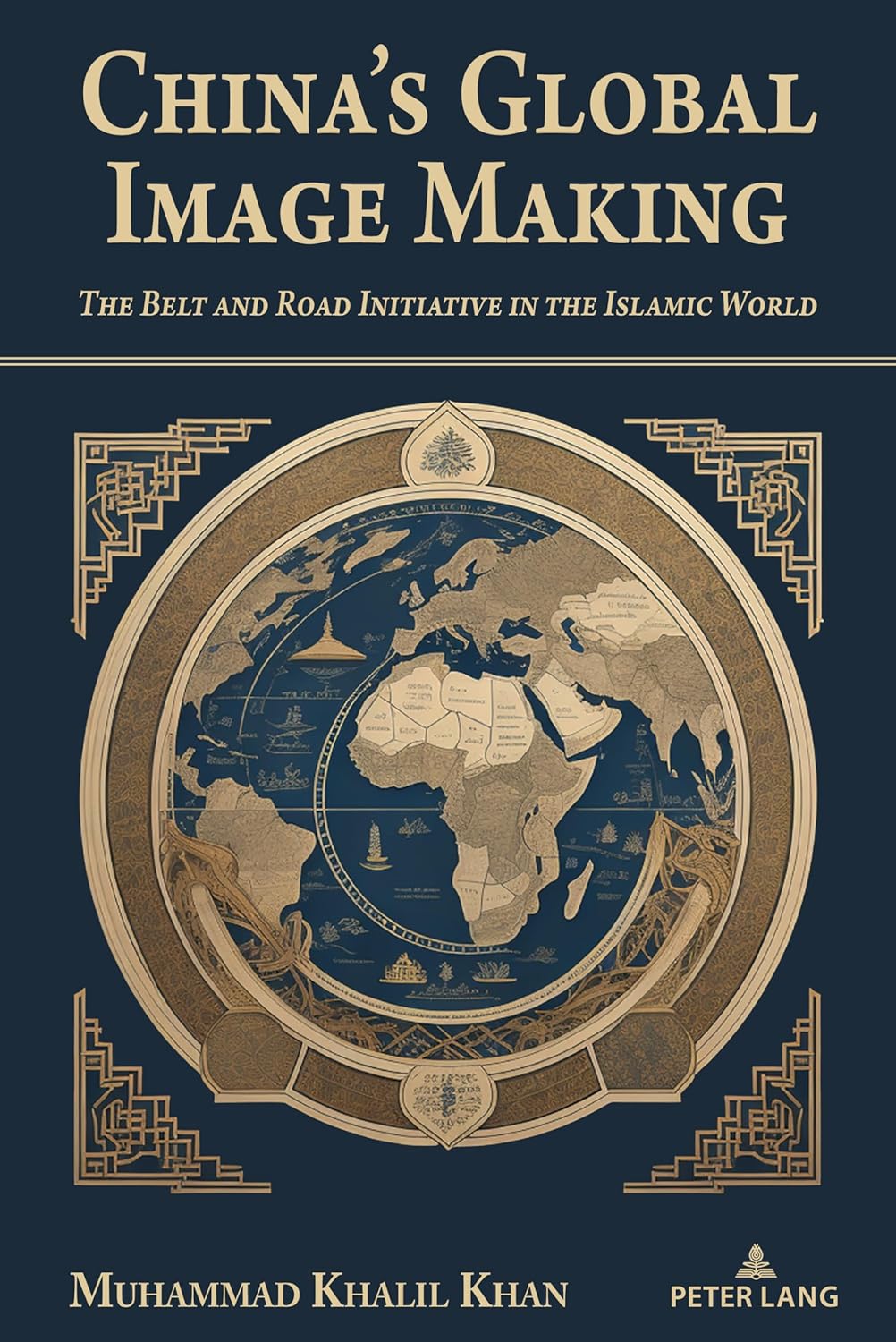China's Global Image Making
The Belt and Road Initiative in the Islamic World
DOI:
https://doi.org/10.63062/trt/BR-22aAbstract
"China’s Global Image Making: The Belt and Road Initiative in the Islamic World" presents a profound exploration of how China meticulously crafts its global image through the lens of the Belt and Road Initiative (BRI) in Islamic nations. This scholarly work significantly enriches our understanding of the intricate interplay between media representation and geopolitical strategy, making substantial contributions to the fields of media studies, international communication, history, and political science.
The book is firmly anchored in established theories of soft power and image framing, illuminating the vital role of media in shaping national identities and influencing international relations. It asserts that China’s engagement with Islamic countries extends far beyond mere economic transactions; it is deeply embedded in the narratives constructed by regional media outlets. This theoretical foundation is essential for grasping the complexities of how China seeks to enhance its global standing.
Employing a meticulous methodological approach, the study conducts a comprehensive longitudinal content analysis of over 43,000 articles from Islamic English news media published between 2009 and 2018. This extensive dataset allows for a nuanced examination of China’s portrayal in the media, revealing significant trends and shifts in coverage, particularly in the aftermath of the BRI’s launch. The depth of this methodology provides robust empirical evidence that supports assertions regarding China’s increasing visibility within Islamic media narratives.
The findings unveil a rich tapestry of perceptions regarding China in the Islamic world. For instance, while countries like Pakistan and Iran generally convey a favorable view of China, media in Turkey and Egypt adopt a more critical stance. This divergence can be traced back to historical ties, economic dependencies, and differing political contexts, underscoring the multifaceted nature of international communication.
A particularly striking revelation is the correlation between China’s economic initiatives and its media representation. The book illustrates that positive media coverage often coincides with economic collaboration and infrastructural investments under the BRI framework. However, it also confronts the challenges China faces, particularly concerning human rights and governance issues, which elicit critical responses in certain Islamic contexts.
From a historical perspective, the work situates China’s current strategies within a broader narrative of Sino-Islamic relations. It traces the historical connections between China and various Islamic nations, demonstrating how these past interactions shape contemporary perceptions. This context is crucial for understanding the long-term implications of China’s investments and diplomatic efforts, framing them as part of a continuous historical narrative that influences current geopolitical dynamics.
Furthermore, the book provides valuable insights into the interplay between domestic politics and international relations. It examines how internal political factors within Islamic countries—such as governance challenges, public sentiment, and historical grievances—affect media portrayals of China. This exploration emphasizes the necessity of considering local political landscapes when evaluating international relations, particularly in regions where historical narratives significantly impact diplomatic engagements.
From the standpoint of international communication, the book highlights the intricate relationship between media narratives and diplomatic strategies. It posits that effective public diplomacy requires a nuanced understanding of local contexts and cultural sensitivities. The findings indicate that China’s image is not solely determined by its policies but is profoundly influenced by how these policies are perceived and reported in the media.
In conclusion, "China’s Global Image Making: The Belt and Road Initiative in the Islamic World" stands as an essential resource for scholars and practitioners in international communication, history, and political science. The rigorous analysis and insightful observations provide a comprehensive understanding of China’s evolving image within the Islamic world. This work not only deepens our comprehension of China’s role in global affairs but also serves as a vital reminder of the significant impact media narratives have on shaping international perceptions. It is a noteworthy contribution to the ongoing discourse on global communication strategies in today’s complex geopolitical landscape, making it indispensable for anyone interested in the intersections of media, history, and international relations.

Downloads
Published
Issue
Section
License

This work is licensed under a Creative Commons Attribution-NonCommercial 4.0 International License.


